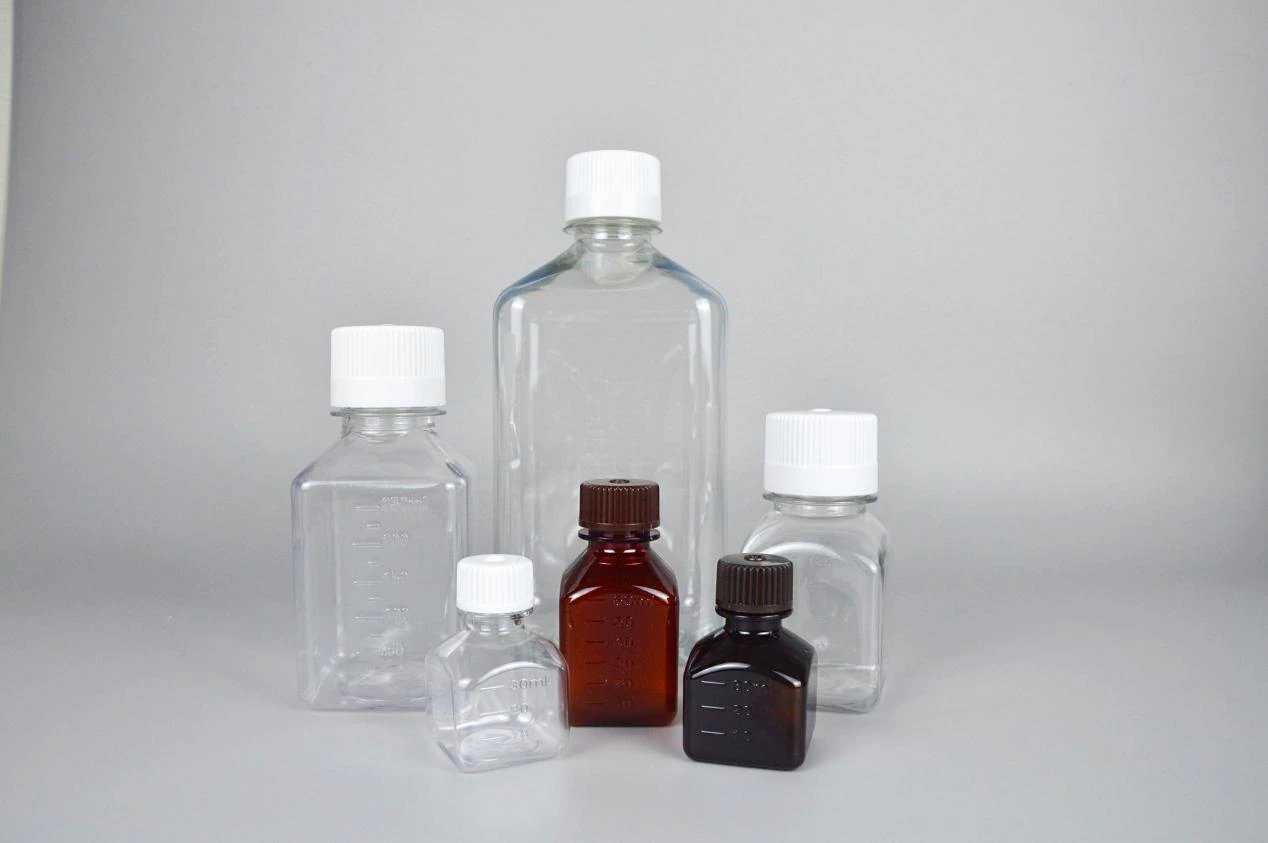reagent jar
The Charm of Reagent Jars A Snapshot of Science and Aesthetics
Reagent jars, often overlooked in the grand narrative of scientific discovery, hold a distinct charm that bridges the worlds of science and aesthetics. These glass containers, which are primarily used to store various chemicals and reagents, reflect both the precision needed in laboratory work and the beauty found in functional design. In this article, we will explore the significance of reagent jars, their historical context, and their impact on modern science and culture.
Historically, the use of reagent jars dates back to the early days of chemistry. As alchemy transitioned into a more empirical science during the 17th and 18th centuries, the need for effective storage solutions became apparent. Early chemists required safe and reliable containers to hold volatile and hazardous substances. The invention of glassblowing techniques allowed for the creation of sturdy, heat-resistant jars that would eventually become standard in laboratories. The transparency of glass not only provided a practical way to view the contents but also contributed to the aesthetic appeal, as vibrant colors of the reagents showcased the diversity of chemical substances.
In contemporary laboratories, reagent jars are essential tools. They come in a variety of shapes and sizes, each designed for specific purposes. From wide mouth jars for easy pouring to narrow neck bottles for precise measurements, these containers make the meticulous work of a chemist more manageable. Moreover, many modern reagent jars are equipped with features such as airtight seals and protective coatings to ensure that the stored chemicals remain uncontaminated and secure. The thoughtful design of these jars reflects a deeper understanding of both scientific needs and user experience.
reagent jar

Beyond their functional importance, reagent jars also have garnered a certain level of artistic admiration. The sight of a well-organized lab, with rows of colorful reagent jars neatly sorted on shelves, can evoke a sense of order and beauty. Many artists and photographers have drawn inspiration from this setting, creating works that highlight the interplay between science and art. Exhibition spaces have emerged where the aesthetic qualities of laboratory equipment, including reagent jars, are celebrated, inviting the audience to appreciate the beauty behind the glass as well as the science within.
Furthermore, reagent jars serve as symbols of knowledge and discovery. They represent the journey of scientific inquiry, housing the substances that can pave the way for groundbreaking research and innovation. In education, reagent jars serve as tangible tools to teach students about chemical properties, reactions, and safety protocols. Each jar comes with a narrative—a story of experimentations, failures, and successes. This storytelling element is essential for inspiring the next generation of scientists, instilling in them the curiosity and passion for exploration.
As the world becomes increasingly aware of the importance of sustainable practices, receptacles like reagent jars are also being adapted to meet these new standards. Innovations in material science are leading to the development of biodegradable or recycled materials for laboratory use, reflecting a commitment to reducing environmental impact. The evolution of reagent jars is thus not only a testament to scientific progress but also a response to the modern world's challenges.
In conclusion, reagent jars encapsulate a fascinating blend of science and art, functionality and beauty. They are indispensable tools in the laboratory, facilitating research and discovery while also serving as a source of inspiration for artists and educators alike. As we look toward the future, it is essential to recognize and appreciate these seemingly simple vessels that contribute so significantly to the pursuit of knowledge and innovation. Whether nestled on a lab shelf or displayed in an art gallery, reagent jars remind us of the intricate dance between human curiosity and the material world.
-
Aesthetic Makeup Spray Bottles | Fine Mist Empty RefillableNewsAug.19,2025
-
White Plastic Veterinary Vaccine Vials | Lab Liquid BottlesNewsAug.18,2025
-
Plastic Medicine Liquid Bottle: Secure Flip Top Drug VialsNewsAug.17,2025
-
Durable 250ml Blue Plastic Vaccine Vial for Lab & Vet UseNewsAug.16,2025
-
Sterile Virus Sample Tubes: Secure & Reliable Specimen CollectionNewsAug.15,2025
-
White 250ml Plastic Vaccine Vial for Lab & Vet MedicineNewsAug.14,2025
























